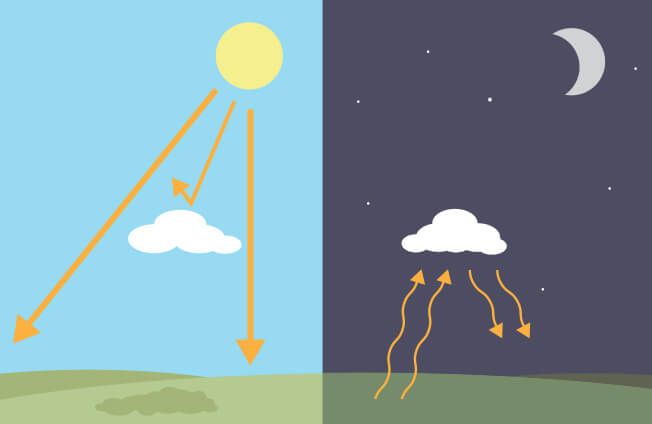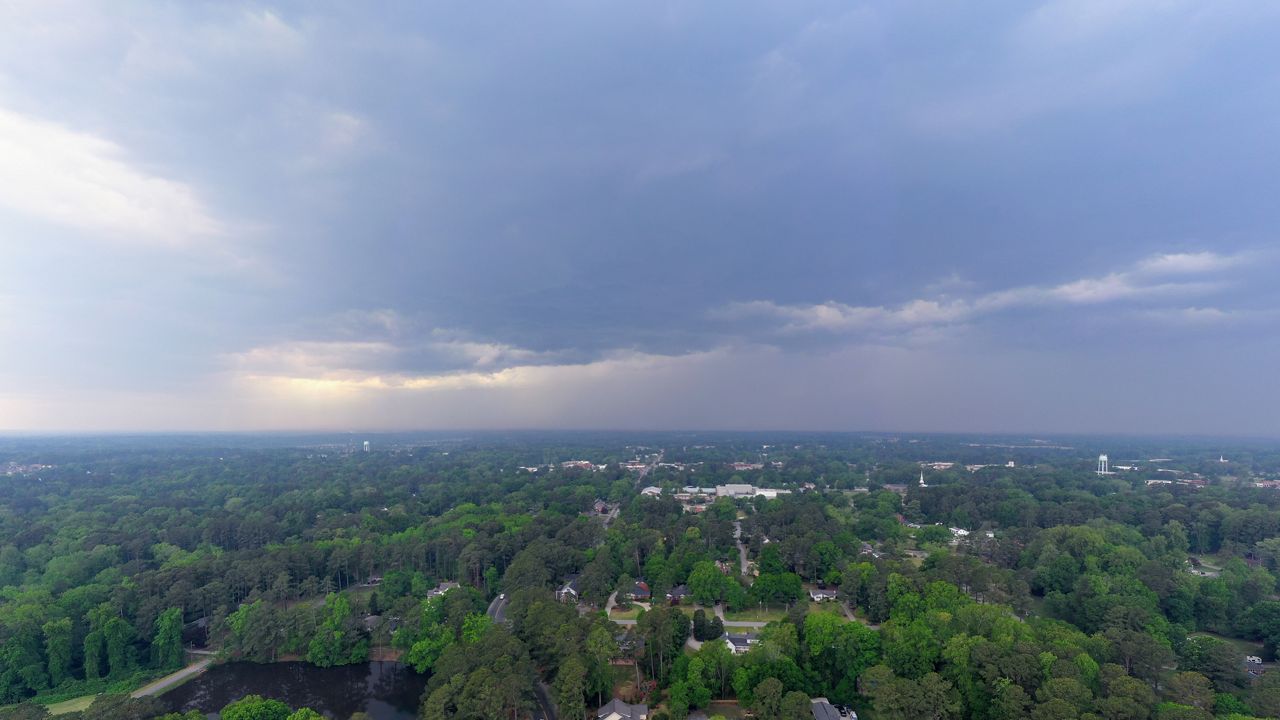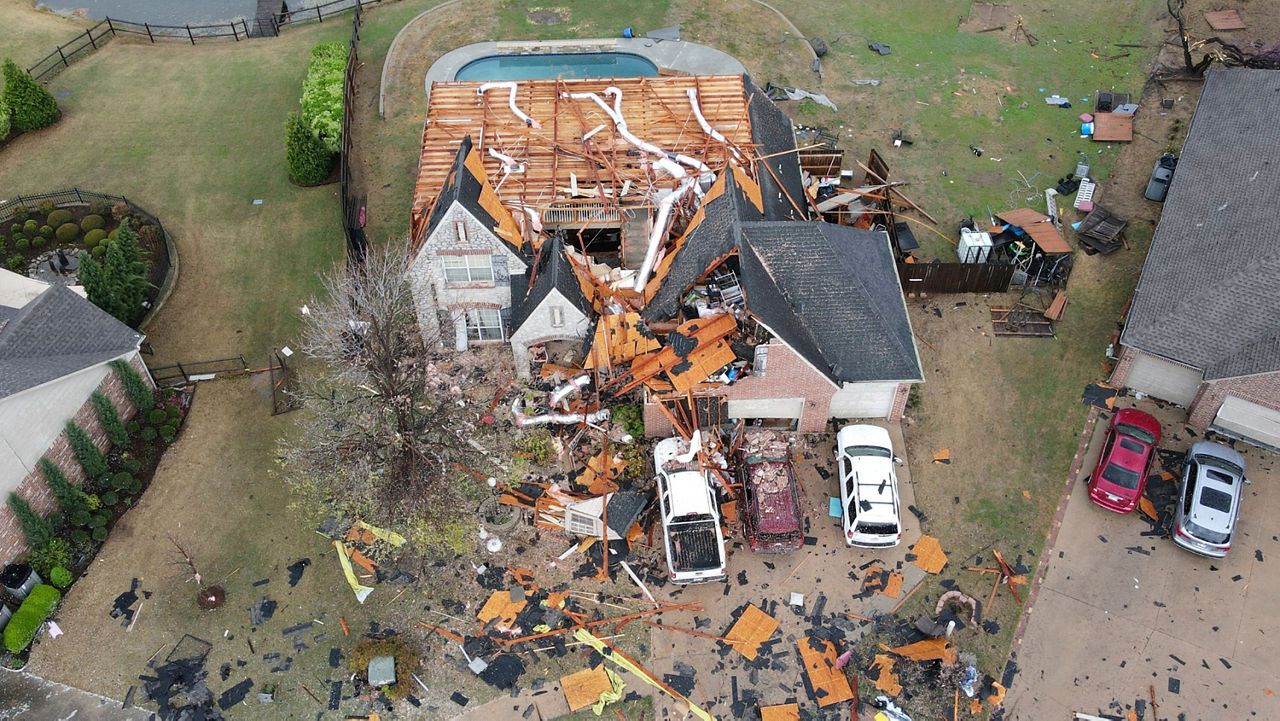Welcome to part two of my three-part series about the factors that impact overnight temperatures.
What You Need To Know
- Clouds are a source of infrared radiation
- Cloudy nights are generally warmer than clear nights
- Clouds act more like a space heater than a blanket
You may have read my first blog about Why Windy Nights Are Warmer, where I talked about how wind can limit the nocturnal chill. Now, we will dig deeper into forecasting nighttime temperatures if we expect a cloudy sky.
On TV, you may have heard me say, "clouds act as a blanket overnight." Well, after some more research, I learned (and will now be saying), "clouds act as a space heater" at night.
Clouds cannot trap warm air near the earth's surface, so clouds can't act like a blanket.
There are three different ways heat can move: conduction, convection, and radiation.

We're going to focus on radiation, where heat travels through the air in invisible waves. Think about it as the warmth you feel when sitting by a fireplace.
Clouds emit infrared radiation to the efficiently absorbing ground. Meteorologists sometimes refer to infrared energy emitted downward by clouds as downwelling.
At night, when cloud coverage increases, downwelling infrared radiation also increases. So, clouds act like space heaters, emitting energy towards the ground. Blankets only limit the transfer of heat energy away from your skin(convection).

When the sky is clear overnight, all the heat from the day before escapes back into the atmosphere, and temperatures are colder than they would be if the night were cloudy.
Stay tuned for part three on "Why Drier Nights are Colder."








